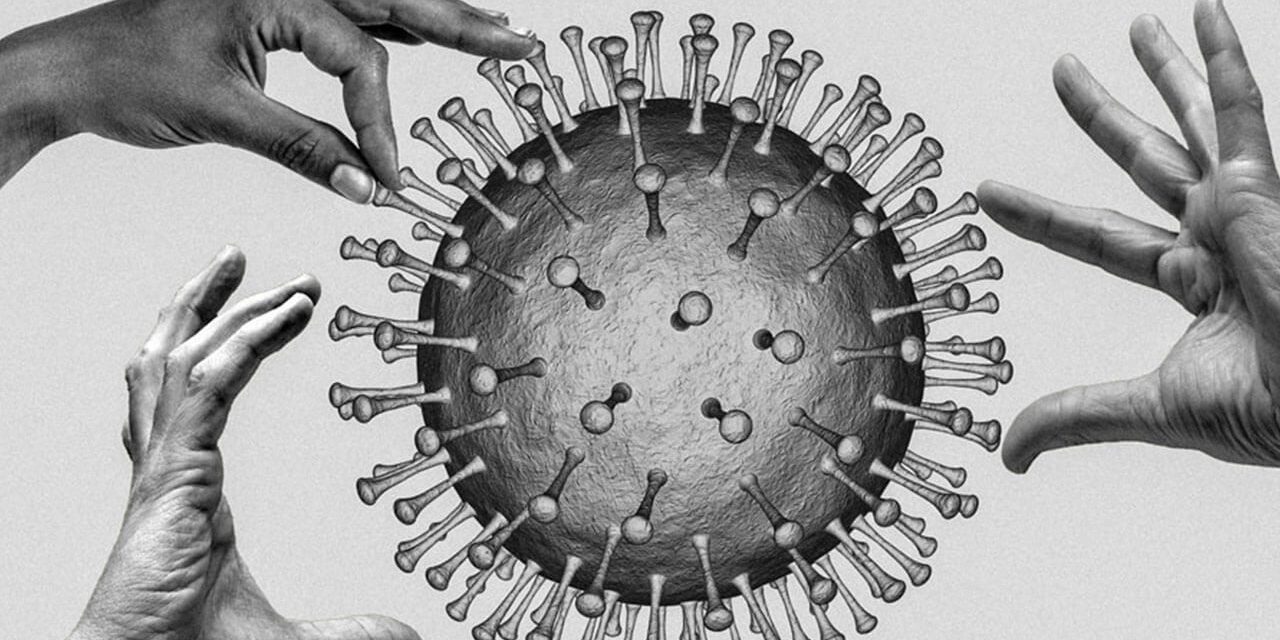A new AIRAH resource focuses on COVID-19-reduction practices in operating theatres.
AIRAH’s Infection Control and Operating Theatre Practices Special Technical Group has published a document considering common COVID-19 practices in operating theatres.
The document looks at the advantages, disadvantages and risks associated with various measures that may be employed in operating rooms to reduce the spread of COVID-19. This includes negative pressure conversion, filter installation on the exhaust air grilles and return air grilles, using 100 per cent fresh air, and UVC installation in ducts for airflow treatment – as well as other strategies that have been employed since the start of the pandemic.
“During the beginning and development of the COVID-19 pandemic, we analysed the most common practices that healthcare and HVAC professionals used to react to the various situations they were facing,” says STG Chair Abraham Corona, M.AIRAH. “We are confident that the information in the document is based on the best infection control and engineering expertise available, so we decided to share it with the Australian HVAC and healthcare industries.”
The document is aimed at any entity or individual dealing with operating theatre environments. This includes, but is not limited to, government, healthcare departments, HVAC engineers, surgeons, hospital engineers, facility managers, nurses, architects, and infection control teams.
You can find the two documents at airah.org.au/coronavirus











